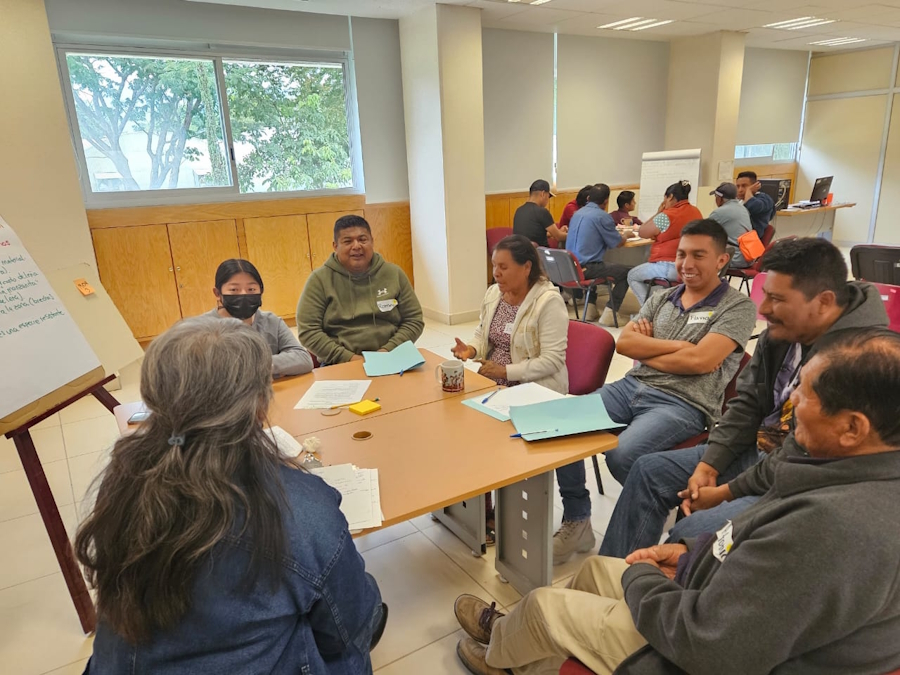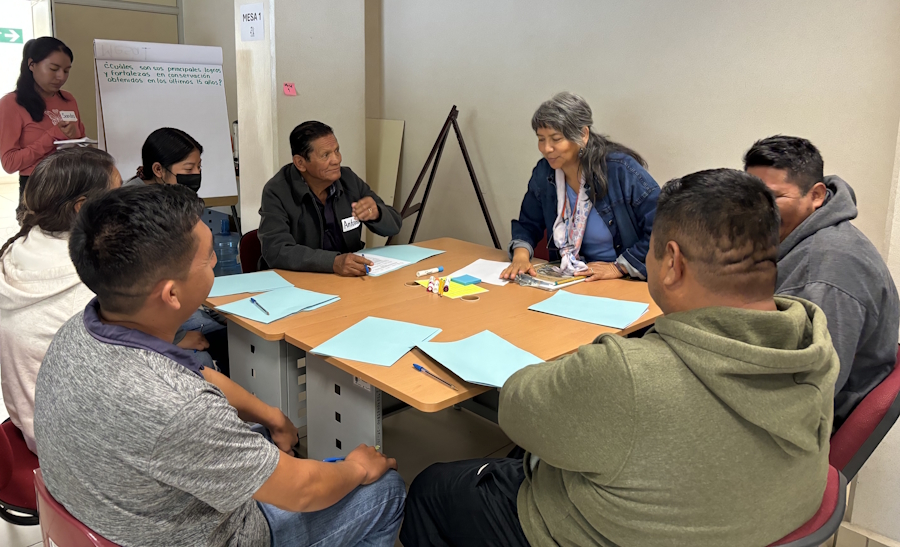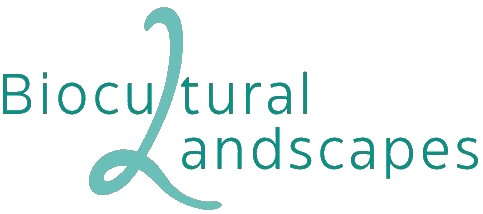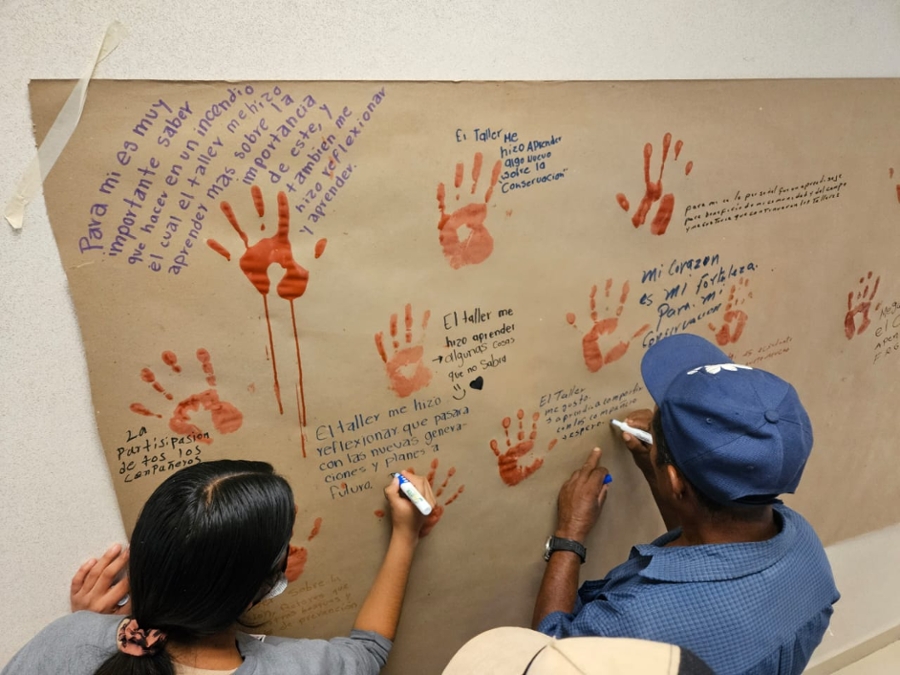
Participatory strategies for biocultural heritage management in Oaxaca, Mexico
Dr. Carlos Augusto Torres, a past lab member, shares what his doctoral research was all about and some details of the fabulous activities he organized during it.
By Carlos Augusto TorresWhat was my PhD Research?
My PhD project took place in the Mitla-Yagul Biocultural Landscape (MYBL) in Oaxaca, Southern Mexico. The MYBL comprises diverse land-tenure types, such as federal, private, and communal property owned by Zapotec communities. 86% of the land in the MYBL is owned communally. The MYBL has been inhabited for over 10,000 years and harbors many biocultural features, ranging from archeological evidence of some of the earliest domestication processes of squash, corn and turkey, cave art, Zapotec and Mixtec precolonial structures; to environmental features such as dry forest ecosystems, endangered species like jaguar; and important cultural aspects, such as the longstanding presence of Indigenous communities, local worldviews, and traditional agricultural systems.
Although the landscape is a UNESCO World Heritage Site, where the federal government has established strict protected areas, and where local communities have been active in developing participatory conservation strategies; the biocultural heritage of the MYBL faces challenges, such as the expansion of agave monocultures for the mezcal industry, urbanization, wildfires, illegal hunting, mass tourism, and customs erosion.
With this context in mind is that my project aimed to analyze the existing and potential processes for managing the biocultural heritage in MYBL, as well as explore the critical role that local actors play in developing participatory strategies to strengthen socio-ecological resilience to preserve and use this heritage.
Activities done during my project
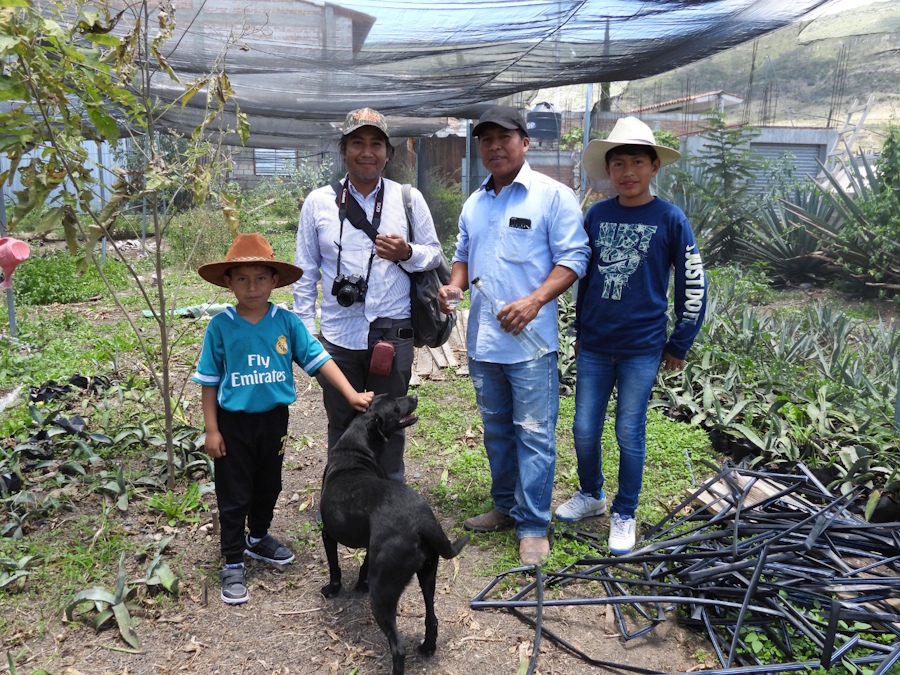
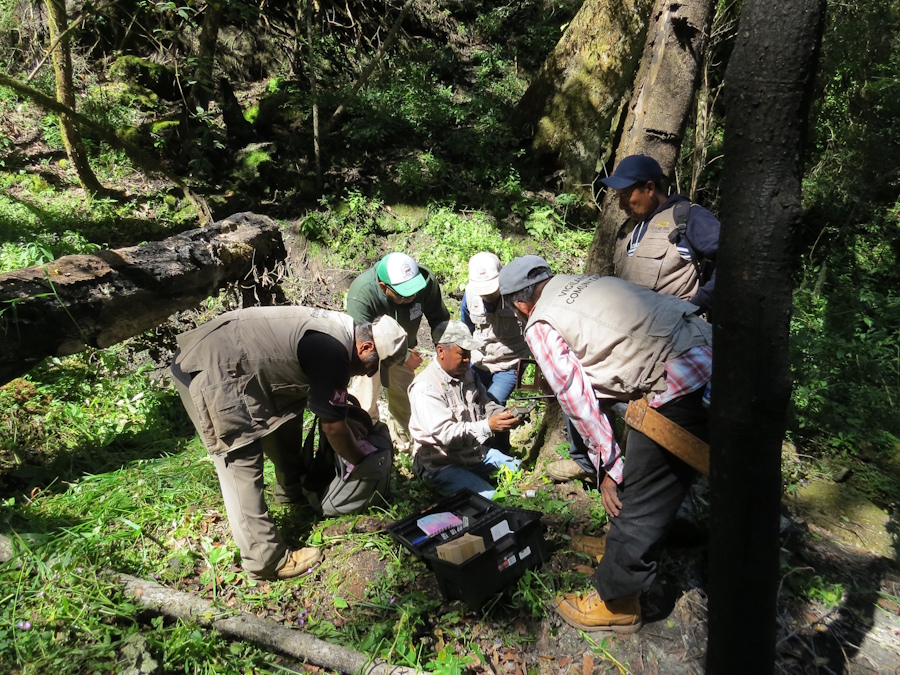
Supporting biocultural heritage and biodiversity conservation by identifying the main attributes and priority sites in the landscape
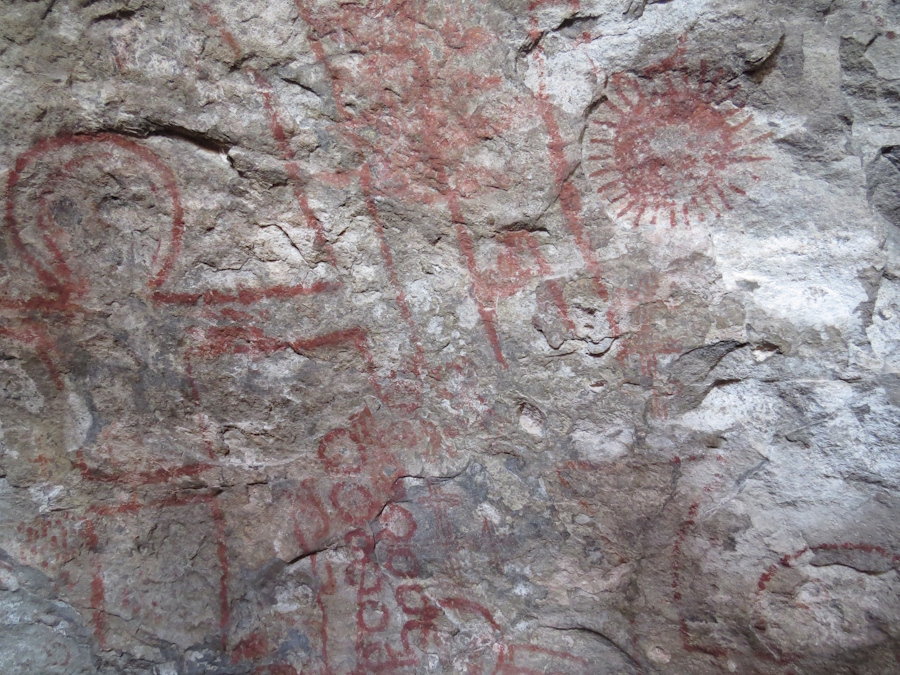
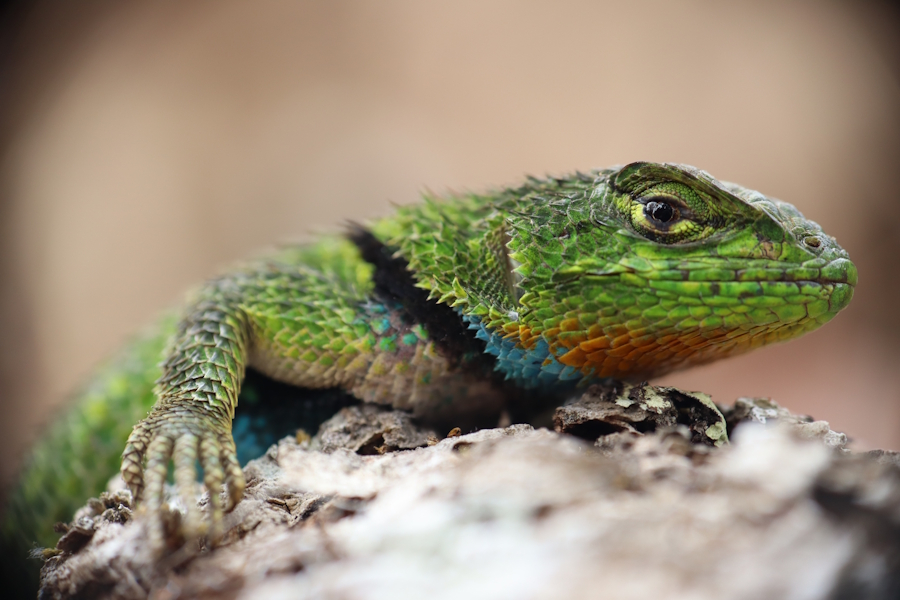
Sharing with local people dissemination materials on biocultural heritage
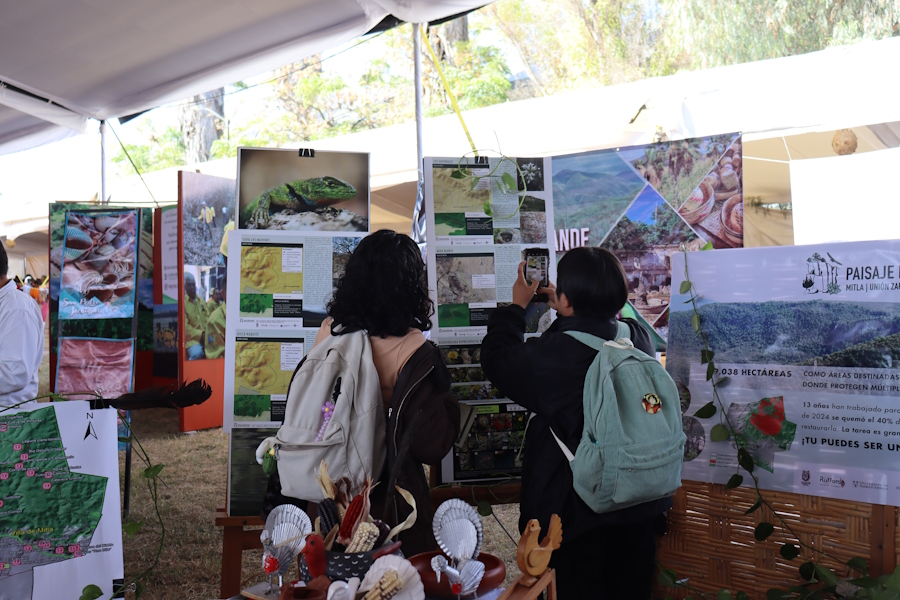
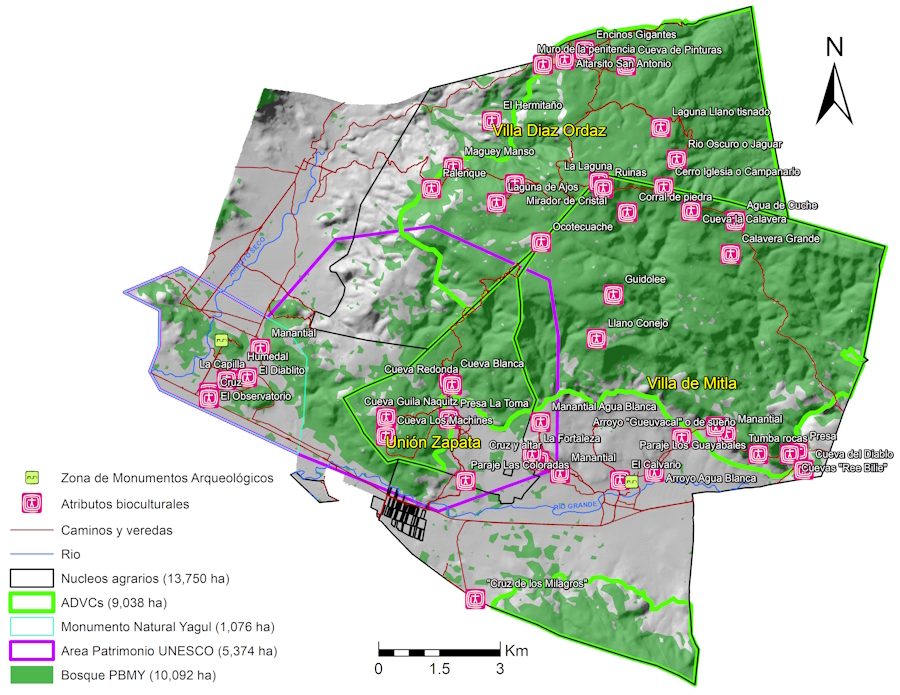
Promoting that voluntary conservation areas in the MYBL include biocultural attributes of the landscape
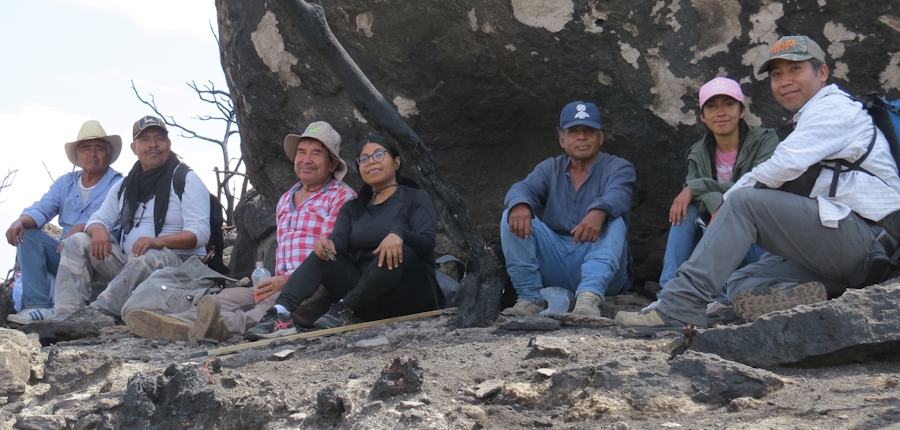
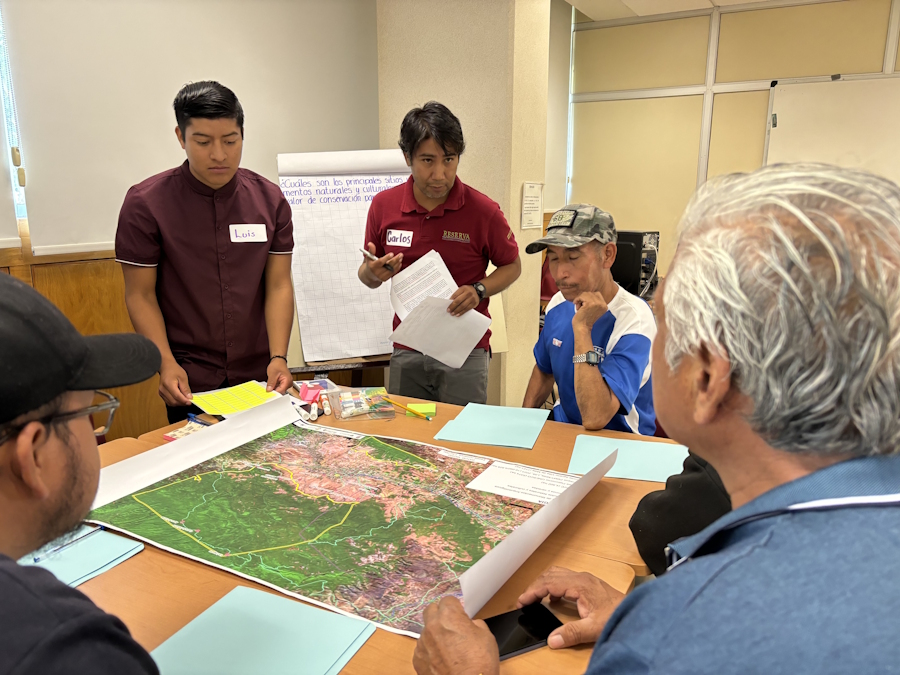
Analyzing management practices and main threats and challenges for biocultural heritage conservation in the MYBL
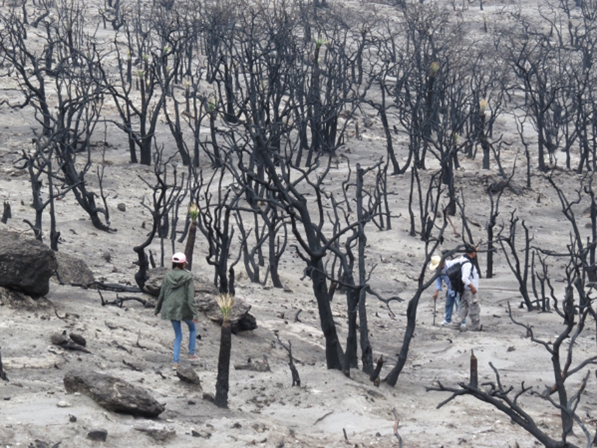
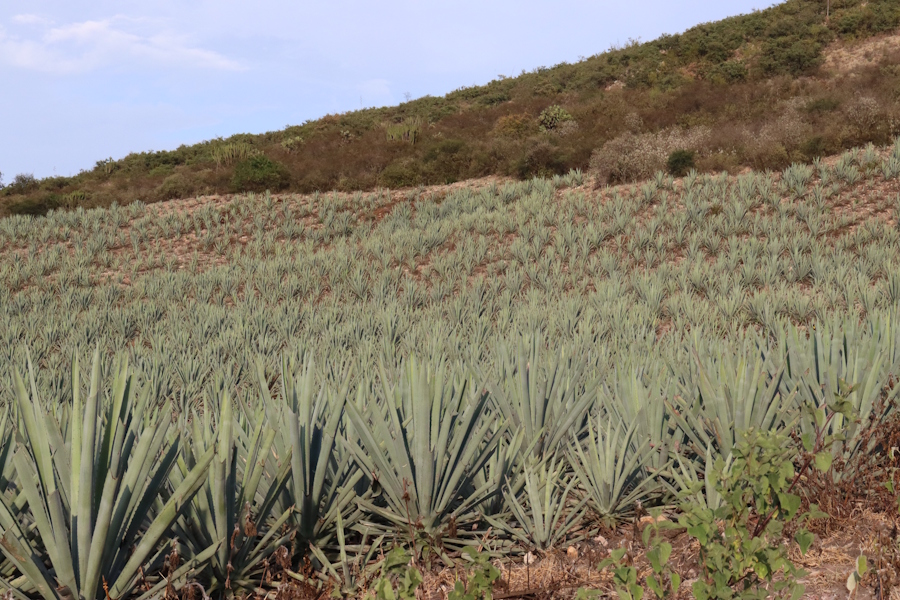
Developing via participatory workshops strategies for restoration and conservation in the MYBL
